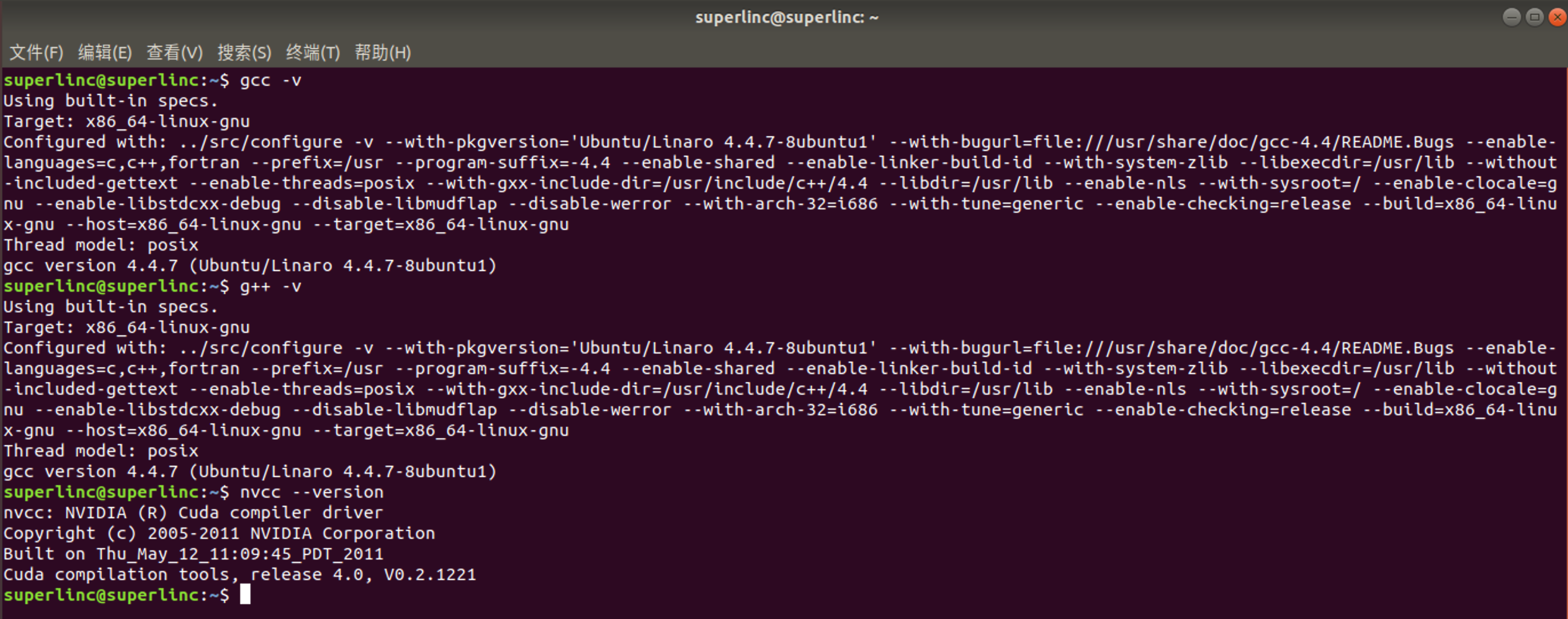

Void myFunc(int var1, int var2, int* var3, int* var4)Īnd here's this shorter version again now with \ again instead of /// \brief A brief one or two line description of the function. / var4 Description of variable four, an input/output (usu. / var3 Description of variable three, an output (usu. / var2 Description of variable two, an input / var1 Description of variable one, an input You may also use instead of \: /// A brief one or two line description of the function. var3 or var4 are NULL pointers, which means they can't be dereferenced My_enum_t myFunc(int var1, int var2, int* var3, int* var4) / it is also updated by the function at some point / pointer) since its initial value is read and used, but then / \param var4 Description of variable four, an input/output (usu. / \param var3 Description of variable three, an output (usu. / \param var2 Description of variable two, an input / \param var1 Description of variable one, an input / \note An important note the user should be aware of-perhaps many lines. (Copied from my eRCaGuy_dotfiles project here)įull Doxygen function header example: /// \brief A brief one or two line description of the function.

How should I properly use _attribute_ ((format (printf, x, y))) inside a class method in C++?.
Doxygen param type python how to#
How to use formatting strings in user-defined functions?.Documentation for GCC's super useful printf format attribute:.
Doxygen param type python code#
Other code examples demonstrating Doxygen usage:.Official Doxygen documentation for the param special command:.Is that an in or in/out parameter? Doxygen, C++.See these references for more details & official documentation: Note that possible param values are param, param, and param.See a list of all of Doxygen's special commands here: (ex: \brief or \note or \details or \example, etc.).I have no idea how or where to find this info. See Sarao's answer, and tribal knowledge running around my head.The Doxygen output now shows the error return types as a list of sub-bullets under the line Number of characters printed if OK, or < 0 if error:, and each of the error types is turned into a URL to their respective definitions due to the # character in front. - num_chars_printed could be set to one of the error codes listed above here Use `vsnprintf()` now here to format everything into a single string buffer, then send / Number of characters printed if OK, or < 0 if error: `printf`-like variadic list of arguments corresponding to the format string
Doxygen param type python serial#
/ Function to print out data through serial UART for debugging. I know you're asking about but Google searches lead here for types too, so here's that answer: Doxygen # usage in front of return value to create hyperlink to its definition:įull Example ( see the types just below with a # in front of each of them): #include // for va_list, va_start, va_end You can find more information about the various Doxygen Special Commands reference. By default, it is displayed with emphasis in the text ( arg) There is a related command, \a that is used to mark up member arguments. I don't think this currently provides any auto-linking functionality, but potentially could in the future. I believe by default this will be represented using a typewriter font. the \p x and \p y coordinates are used to. Doxygen provides the command \p for indicating that the next word is a parameter to the function.


 0 kommentar(er)
0 kommentar(er)
